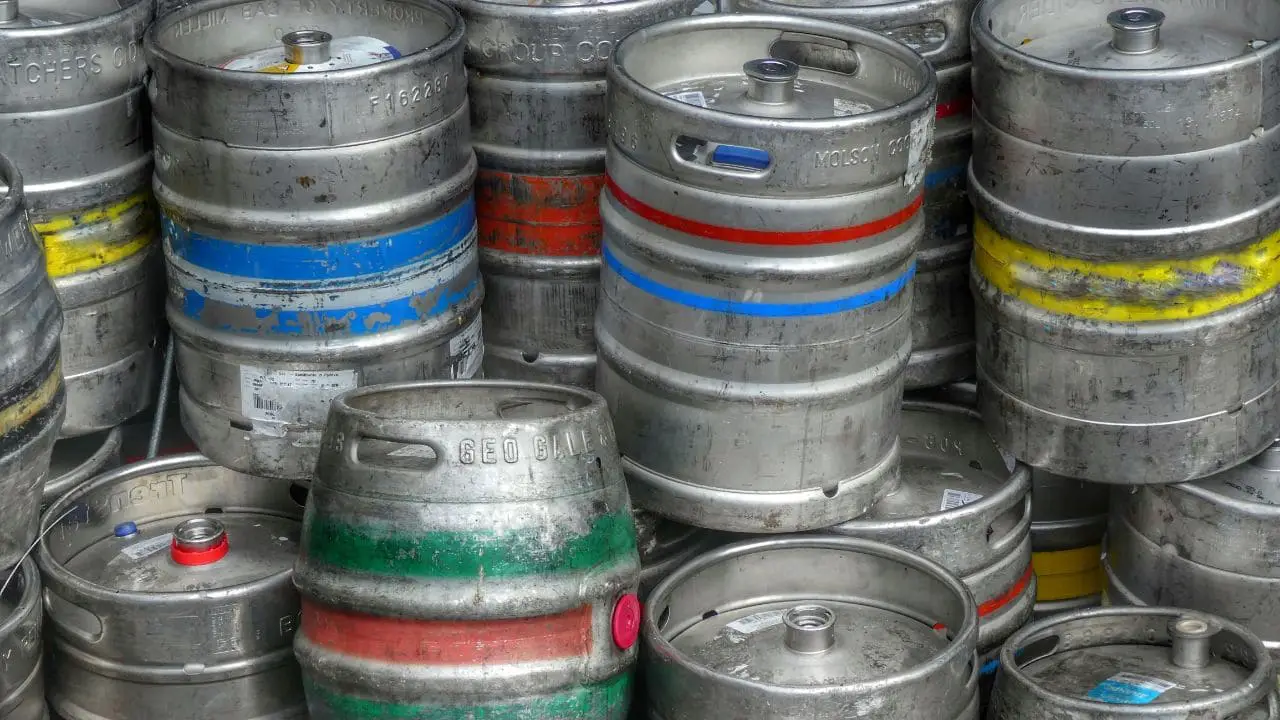

Articles
How Much Does A Kegerator Weigh
Modified: April 23, 2024
Looking to find out the weight of a kegerator? Check out this informative article to discover how much a kegerator typically weighs.
(Many of the links in this article redirect to a specific reviewed product. Your purchase of these products through affiliate links helps to generate commission for Storables.com, at no extra cost. Learn more)
Introduction
A kegerator is a popular appliance for beer enthusiasts, allowing them to enjoy draft beer from the comfort of their own homes. However, before purchasing a kegerator, it is important to consider its weight. Understanding the weight of a kegerator is crucial for installation, transportation, and overall maintenance. In this article, we will explore the factors that affect the weight of a kegerator, the average weight of different sizes, and important considerations when it comes to moving and caring for your kegerator.
Factors Affecting Kegerator Weight
The weight of a kegerator can vary based on several factors. The first factor is the size of the kegerator. Kegerators come in different sizes, ranging from compact countertop models to larger full-size units. The size of the kegerator will inherently impact its overall weight.
Another crucial factor in determining the weight of a kegerator is the material used in its construction. Kegerators are typically made of durable materials such as stainless steel, which can significantly add to the weight. Additionally, the insulation material used to keep the beer cold can also contribute to the overall weight of the kegerator.
The type of cooling system utilized in the kegerator can also affect its weight. Some kegerators use compressors, similar to those found in refrigerators, while others utilize thermoelectric cooling. Compressor-based kegerators often weigh more due to the larger and heavier components required for the cooling system.
Weight of Basic Components
A kegerator consists of several basic components, each contributing to its overall weight. These components include the keg itself, the CO2 tank, the beer lines, and the faucet system. Understanding the weight of these components is important for calculating the total weight of your kegerator setup.
The keg is the heaviest component of a kegerator setup, as it holds the beer and can weigh anywhere from 13 to 58 pounds, depending on the size and type of keg. The CO2 tank, which provides the pressure to dispense the beer, can weigh around 7 to 20 pounds, again depending on the size.
The beer lines and faucet system, including taps and handles, also contribute to the weight. While these components are relatively lightweight compared to the keg and CO2 tank, they should still be considered when calculating the total weight of your kegerator.
Average Weight of Different Kegerator Sizes
The weight of a kegerator can vary based on its size. Here is an average weight range for kegerators of different sizes:
- Compact countertop kegerators: 40 to 70 pounds
- Mid-size kegerators: 70 to 100 pounds
- Full-size kegerators: 100 to 200 pounds
It is important to note that these weights are estimates and can vary depending on the specific model and brand.
Key Takeaways:
- Understanding the weight of a kegerator is crucial for installation, transportation, and maintenance. Factors such as size, construction materials, and cooling system all contribute to the overall weight, impacting the user’s experience and satisfaction.
- Proper maintenance and care of a kegerator’s weight are essential for optimal performance. Regular cleaning, checking and replacing seals, maintaining proper temperature, and monitoring CO2 levels are important tasks to ensure longevity and functionality.
Read more: How Much Does A Kegerator Co2 Can Weigh Full
Factors Affecting Kegerator Weight
The weight of a kegerator can be influenced by several factors, including its size, construction materials, and cooling system. Understanding these factors can help you make an informed decision when choosing a kegerator that suits your needs.
Size: One of the primary factors that affect the weight of a kegerator is its size. Kegerators come in various sizes, from compact countertop models to larger full-size units. As a general rule, larger kegerators tend to weigh more due to their increased dimensions and capacity.
Construction Materials: The materials used in the construction of a kegerator can also impact its weight. Most kegerators are made of stainless steel, which is a durable and sturdy material. Stainless steel is known for adding weight to the appliance, but it also provides durability and longevity. Some kegerators may incorporate other materials, such as plastic or aluminum, which can potentially reduce the overall weight.
Cooling System: The type of cooling system used in a kegerator can also influence its weight. There are two main types of cooling systems: compressor-based and thermoelectric. Compressor-based kegerators use a compressor, refrigerant, and coils to cool the beer. These systems are similar to those found in traditional refrigerators and tend to be heavier due to the larger components required. On the other hand, thermoelectric kegerators use a thermoelectric cooling module that is lighter and more energy-efficient, resulting in a relatively lighter overall weight.
Insulation: The insulation used in a kegerator can contribute to its weight. Proper insulation is crucial to maintaining the desired temperature inside the kegerator and preventing heat transfer. Kegerators with thicker and more effective insulation can have a higher weight due to the added insulation material.
Additional Features: Some kegerators may come with additional features that can affect their weight. For example, kegerators with built-in keg racks, drip trays, or digital temperature controls may have a slightly higher weight due to the inclusion of these extra components. It’s important to consider whether these additional features are necessary for your needs and whether the potential increase in weight is acceptable.
When considering the weight of a kegerator, it is important to find the right balance between portability and durability. While a lighter kegerator may be easier to transport, it may sacrifice on sturdiness and insulation. On the other hand, a heavier kegerator may provide better insulation and durability but may be more challenging to move.
Overall, understanding the factors that affect the weight of a kegerator can help you choose the right appliance that meets your specific requirements in terms of size, materials, cooling system, and additional features. By considering these factors, you can ensure that your kegerator not only delivers excellent draft beer but also meets your expectations in terms of weight and functionality.
Weight of Basic Components
A kegerator consists of several basic components that contribute to its overall weight. Understanding the weight of these components is essential for calculating the total weight of your kegerator setup.
Keg: The keg is one of the heaviest components of a kegerator setup. It holds the beer and comes in various sizes, such as half-barrel (full-size), quarter-barrel, and sixth-barrel kegs. The weight of a keg can vary depending on its size and the type of beer inside. On average, a full-size keg can weigh around 58 pounds (empty) to 160 pounds (full), while a quarter-barrel keg can weigh around 30 pounds (empty) to 90 pounds (full).
CO2 Tank: The CO2 tank is another important component of a kegerator setup. It provides the pressure needed to dispense the beer from the keg. The weight of a CO2 tank depends on its size and whether it is filled or empty. Common CO2 tank sizes include 2.5 pounds, 5 pounds, 10 pounds, and 20 pounds. A 5-pound CO2 tank can weigh approximately 7 to 8 pounds (empty) and up to 27 to 28 pounds when filled.
Beer Lines and Faucet System: The beer lines and faucet system, including the taps, handles, and connecting hardware, also add to the overall weight of a kegerator. While these components are relatively lightweight compared to the keg and CO2 tank, they should still be considered when calculating the total weight. The weight of the beer lines and faucet system will depend on the length and material of the lines, the number of taps, and the type of hardware used.
Drip Tray: Some kegerators come with a built-in drip tray to catch any spills or drips while pouring beer. The weight of the drip tray is generally negligible compared to other components, but it should still be taken into account when determining the total weight of the kegerator.
It is important to note that these weights are estimates and can vary depending on the specific brand and model of the kegerator and its components. Additionally, factors such as the type of beer being dispensed, the pressure setting of the CO2 tank, and the length of the beer lines can also play a role in the overall weight distribution.
When setting up your kegerator, it is recommended to carefully consider the weight and balance of the keg and CO2 tank. Placing them in a secure and stable position within the kegerator will help prevent any potential accidents or damage while dispensing beer.
Overall, understanding the weight of the basic components of a kegerator is essential for proper installation, maintenance, and transportation. By considering the weight of each component, you can ensure the stability and functionality of your kegerator setup, providing you with the ultimate draft beer experience.
Average Weight of Different Kegerator Sizes
When it comes to kegerators, they come in various sizes to accommodate different needs and preferences. The size of a kegerator can have a significant impact on its weight. Here is an average weight range for kegerators of different sizes:
- Compact Countertop Kegerators: These small kegerators are designed to be space-saving and portable. They are ideal for those who have limited space or want the flexibility to move their kegerator around. Compact countertop kegerators typically weigh between 40 to 70 pounds. The weight can vary depending on the specific model and brand.
- Mid-Size Kegerators: Mid-size kegerators are a popular choice for home use, as they offer a balance between capacity and space. These kegerators can comfortably fit a half-barrel keg or multiple smaller kegs. The average weight of mid-size kegerators ranges from 70 to 100 pounds. Again, the actual weight may differ based on the brand and model.
- Full-Size Kegerators: Full-size kegerators are designed for those who want to create the ultimate home bar experience. With a larger capacity, they can accommodate multiple kegs, including full-size, quarter-barrel, and sixth-barrel kegs. Full-size kegerators generally weigh between 100 to 200 pounds. The weight can vary depending on the construction materials, insulation, and additional features present in the kegerator.
It’s important to note that these weight ranges are general estimates and can vary depending on the specific model and brand of the kegerator. Additionally, the weight can also be influenced by factors such as the materials used, insulation thickness, and the overall design and construction of the kegerator.
When deciding on the size of a kegerator, it’s essential to consider your space limitations, the number of kegs you intend to store, and your personal preferences. Smaller kegerators may be more suitable for tight spaces or portable setups, while larger kegerators provide greater capacity and functionality.
It is crucial to ensure that the location where the kegerator will be placed can support the weight of the unit, especially for full-size kegerators. Additionally, if you plan to move or transport your kegerator, it’s important to consider its weight and dimensions to ensure a safe and hassle-free transportation experience.
Ultimately, choosing the right size kegerator is a balance between your available space, desired capacity, and overall weight considerations. By selecting a kegerator that suits your specific needs, you can enjoy the convenience of having draft beer at your fingertips while ensuring that it fits seamlessly into your home or any other location where you plan to use it.
When considering the weight of a kegerator, it’s important to factor in the weight of the keg as well. A standard 1/2 barrel keg weighs around 160 pounds, so be sure to account for this when determining the total weight of your kegerator setup.
Additional Features and Their Impact on Weight
When choosing a kegerator, you may come across models with various additional features that can enhance your beer-drinking experience. These additional features can have an impact on the overall weight of the kegerator. It’s important to understand how these features can affect the weight and consider whether they are necessary for your specific needs.
Built-in Tap and Drip Tray: Some kegerators come with a built-in tap and drip tray. This feature eliminates the need for separate taps and drip trays, providing a streamlined and convenient solution. However, it’s important to note that the inclusion of these built-in components may add extra weight to the kegerator. The weight of the tap and drip tray can vary depending on the design and materials used.
Temperature Control: Certain kegerators offer advanced temperature control options, allowing you to set and maintain your desired beer temperature. These temperature control features can include digital temperature displays, thermostat controls, and even dual-zone cooling systems for storing different beer styles at different temperatures. The inclusion of temperature control mechanisms can contribute to the weight of the kegerator due to the additional internal components required for precise temperature regulation.
LED Lighting: LED lighting is a popular feature in kegerators as it adds an attractive visual element to the appliance. LED lights can be placed inside the unit to illuminate the kegs and provide an appealing glow. While LED lighting is relatively lightweight, it still adds to the overall weight of the kegerator, albeit minimally.
Keg Racks and Shelving: Some kegerators come with built-in keg racks or shelving options to help organize and stack the kegs inside the unit. These racks and shelves provide convenience and optimize the use of space. However, the inclusion of keg racks or shelving features can contribute to the weight of the kegerator, especially if they are made of sturdy materials such as metal.
Locking Mechanisms: For those concerned about the security of their kegerator, certain models come equipped with locking mechanisms. These locks help ensure that your kegerator remains secure and prevents unauthorized access. While the weight of the locking mechanism is generally negligible, it’s worth considering if you prioritize the security of your kegerator.
It’s important to evaluate whether you truly need these additional features when choosing a kegerator. Consider your specific requirements, preferences, and the weight implications of these features. While they can enhance the functionality and aesthetics of the kegerator, they also contribute to the overall weight. Prioritize the features that are essential to you and ensure that they align with your expectations and intended use of the kegerator.
Ultimately, the decision to choose a kegerator with additional features should be based on a balance between the desired functionality, aesthetics, and weight considerations. By carefully evaluating your needs, you can find a kegerator that meets your requirements while providing you with the ultimate draft beer experience.
Read more: How Much Does A Recliner Weigh
Weight Considerations for Installation and Transportation
When it comes to kegerators, weight considerations are crucial both during the installation process and when transporting the unit. Understanding and planning for the weight of your kegerator can help ensure a smooth and hassle-free experience.
Installation: During the installation of a kegerator, it is essential to consider the weight of the unit, especially for larger or full-size kegerators. Before installing the kegerator, make sure to assess the structural integrity of the location where it will be placed, such as a countertop or built-in cabinet. Ensure that the surface can support the weight of the kegerator, the keg, and additional components such as the CO2 tank.
It is recommended to place the kegerator on a stable and level surface to prevent any potential accidents or damage. If required, you can also use equipment such as anti-vibration pads or brackets to further stabilize the kegerator and minimize movement during operation.
Transportation: If you plan to transport your kegerator, whether for moving houses or taking it to a gathering, it is important to consider its weight and dimensions. Full-size kegerators can be particularly heavy and may require assistance or specialized equipment for safe transportation.
Before transporting your kegerator, make sure to drain any remaining beer from the keg, disconnect the CO2 tank, and secure any loose components like the beer lines and faucet system. This will help reduce the overall weight and minimize the risk of damage during transportation.
When moving a kegerator, use appropriate lifting techniques, such as bending your knees and keeping your back straight, to avoid strain or injuries. If possible, use a dolly or a hand truck to assist with the transportation. Secure the kegerator on the dolly, ensuring that it is properly balanced and stable.
It is worth noting that the weight of a kegerator can affect the ease of transportation, especially when maneuvering through narrow doorways, staircases, or other tight spaces. Measure the dimensions of the kegerator, including height, width, and depth, to ensure that it can pass through any restricted areas without difficulty.
During transportation, handle the kegerator with care and avoid any sudden movements or impacts that may damage its internal components or insulation. Additionally, ensure that the kegerator is properly secured in the vehicle to prevent it from shifting or falling during transportation.
Overall, considering the weight of a kegerator during installation and transportation is essential for the safety of both the appliance and those handling it. By taking the necessary precautions and planning ahead, you can ensure a smooth and successful installation and transportation experience for your kegerator.
Maintenance and Care for Your Kegerator’s Weight
Proper maintenance and care of your kegerator are essential not only for its functionality and longevity but also for ensuring that its weight is properly managed. Here are some tips to maintain and care for your kegerator’s weight:
Clean the Interior: Regularly cleaning the interior of your kegerator is important to remove any built-up debris, residue, or mold that can accumulate over time. Cleaning the interior helps to maintain proper insulation and prevent excess weight caused by dirt or grime. Use a mild detergent or keg cleaning solution and a soft cloth to clean the interior surfaces, including the beer lines and faucets.
Check and Replace Seals: The seals on your kegerator, such as the door gasket and faucet seals, help maintain proper insulation and prevent air leakage. Inspect these seals regularly and replace them if they are damaged, worn out, or no longer effectively sealing. Faulty seals can lead to temperature fluctuations, decreased efficiency, and increased weight due to potential condensation or moisture build-up.
Maintain Proper Temperature: Be sure to set and maintain the proper temperature in your kegerator according to the beer type you are storing. Keeping a consistent and optimal temperature helps preserve the quality of the beer and avoids unnecessary weight fluctuations caused by excessive cooling or warming.
Monitor CO2 Levels: Properly maintaining the CO2 levels in your kegerator is essential for dispensing beer and preventing weight fluctuations. Regularly check the CO2 tank pressure gauge to ensure it is at the recommended level. Refill or replace the CO2 tank as needed to maintain consistent pressure and avoid any impact on the overall weight of the kegerator.
Inspect and Clean Beer Lines: Over time, beer lines can develop deposits or bacteria growth, impacting the taste and quality of the beer. Regularly inspect and clean the beer lines to remove any residue or impurities. This will prevent any potential clogs, which can affect the weight distribution and flow of beer from the keg.
Properly Store and Handle Kegs: When storing kegs in your kegerator or moving them in and out, proper handling is crucial. Always lift and handle kegs with care to avoid any unnecessary strain or damage. Ensure that the kegs are securely seated inside the kegerator to prevent movement or shifting that may affect the weight balance.
Avoid Overloading: It’s important to avoid overloading your kegerator with excessive weight. Follow the manufacturer’s guidelines and recommendations regarding the maximum keg capacity and weight that the kegerator can support. Overloading can lead to strain on the appliance, decreased performance, and potential damage.
Regular Maintenance Checks: Conduct regular maintenance checks of the kegerator’s components, such as the cooling system, drip tray, and faucets, to ensure they are in proper working condition. Address any issues promptly to prevent any further weight-related problems or potential damage to the kegerator.
By following these maintenance and care tips, you can ensure that your kegerator remains in optimal working condition while effectively managing its weight. Regular cleaning, proper temperature control, and attention to the various components will help ensure a long-lasting and reliable kegerator experience, without any unnecessary weight-related issues.
Conclusion
Understanding the weight of a kegerator is essential for proper installation, transportation, and overall maintenance. Factors such as size, construction materials, cooling system, and additional features can all contribute to the weight of a kegerator.
When considering a kegerator, it’s important to assess the available space, personal preferences, and intended use. Compact countertop kegerators are lighter and more portable, while full-size kegerators provide greater capacity but have a heavier weight. Finding the right balance between size, weight, and functionality is crucial for a satisfying kegerator experience.
The weight of basic components, such as the keg and CO2 tank, should be taken into account when calculating the total weight of your kegerator setup. Additionally, factors like the beer lines, faucet system, and additional features like temperature control or built-in taps can also contribute to the overall weight of the kegerator.
Proper maintenance and care of your kegerator’s weight is essential for optimal performance. Regular cleaning, checking and replacing seals, maintaining proper temperature, monitoring CO2 levels, and inspecting and cleaning beer lines are all important maintenance tasks to consider. Proper storage and handling of kegs, avoiding overloading, and conducting regular maintenance checks will help ensure that your kegerator remains in good condition and effectively manages its weight.
In conclusion, understanding and managing the weight of your kegerator is crucial for a seamless and enjoyable beer-drinking experience. By considering all the factors that contribute to its weight, maintaining and caring for the kegerator, you can ensure its longevity, functionality, and ability to deliver perfectly chilled, refreshing, and satisfying draft beer.
Frequently Asked Questions about How Much Does A Kegerator Weigh
Was this page helpful?
At Storables.com, we guarantee accurate and reliable information. Our content, validated by Expert Board Contributors, is crafted following stringent Editorial Policies. We're committed to providing you with well-researched, expert-backed insights for all your informational needs.

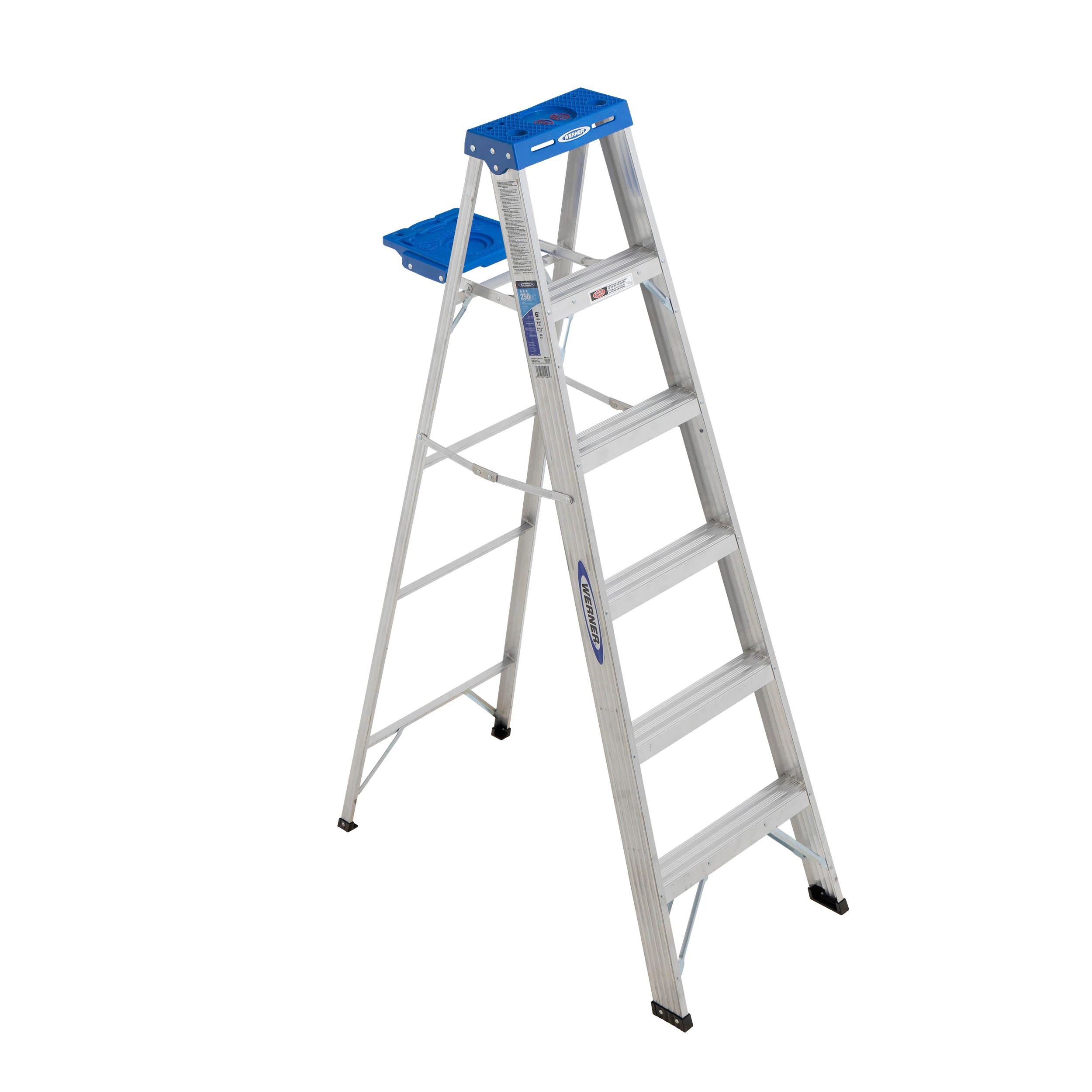

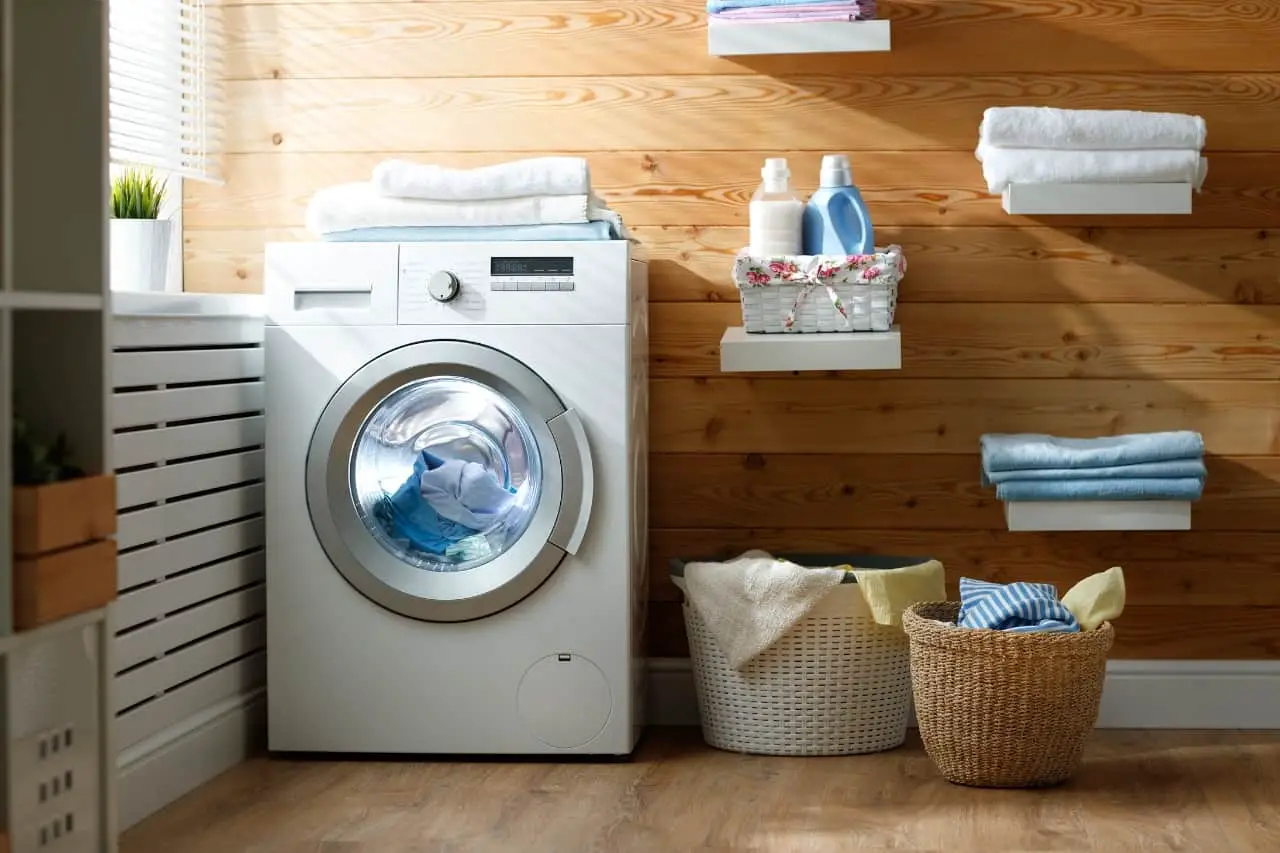





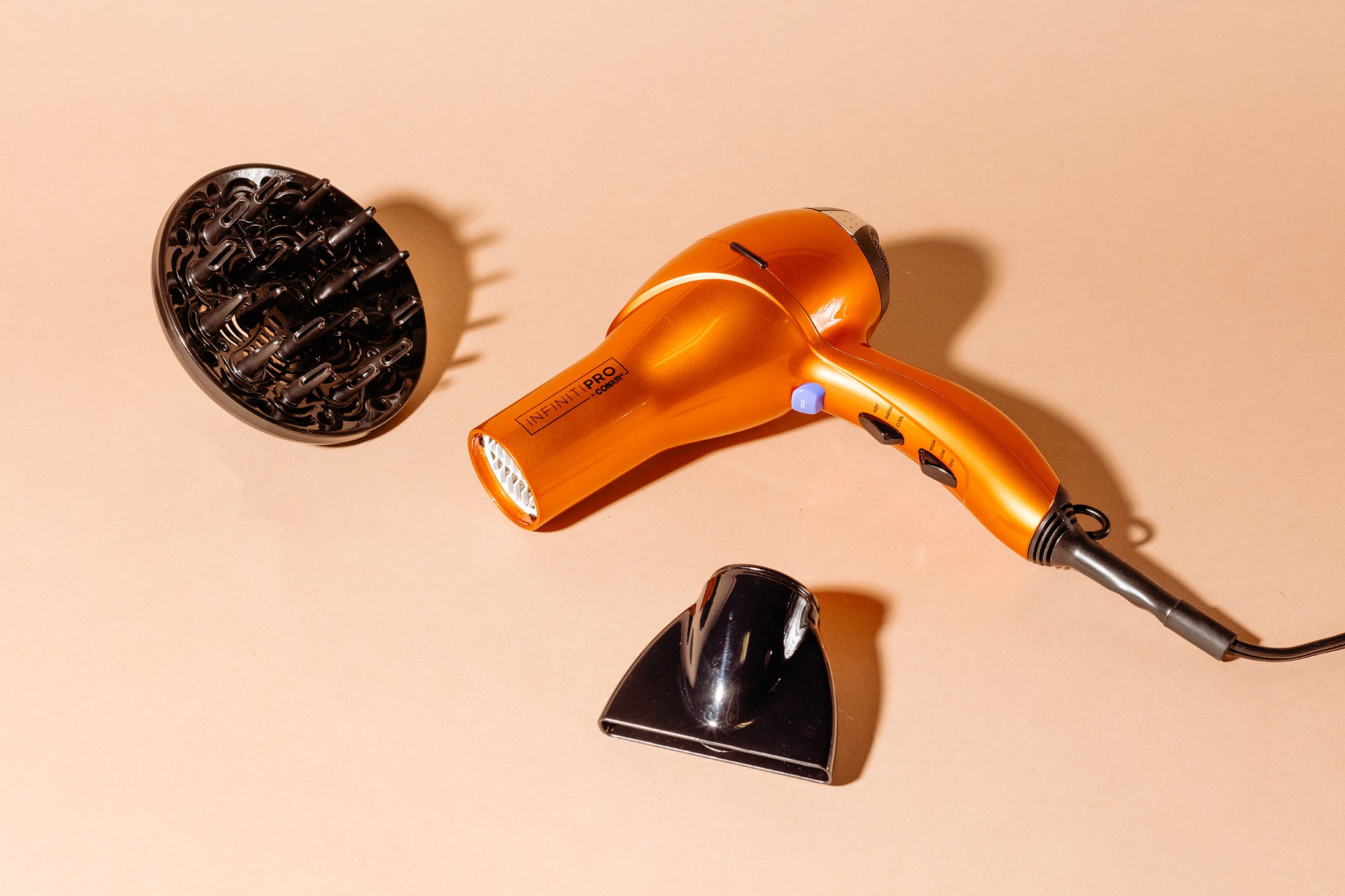


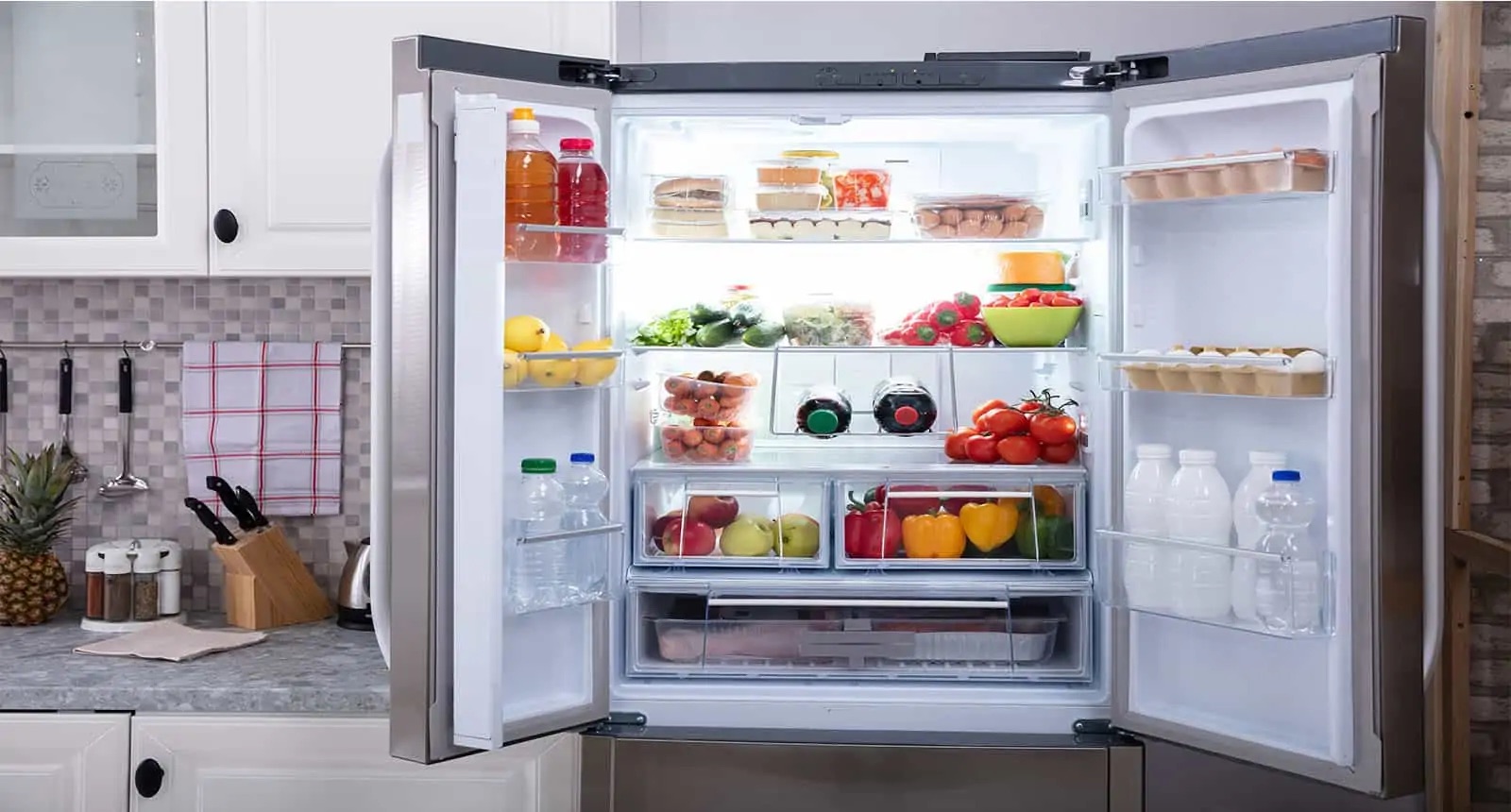


0 thoughts on “How Much Does A Kegerator Weigh”